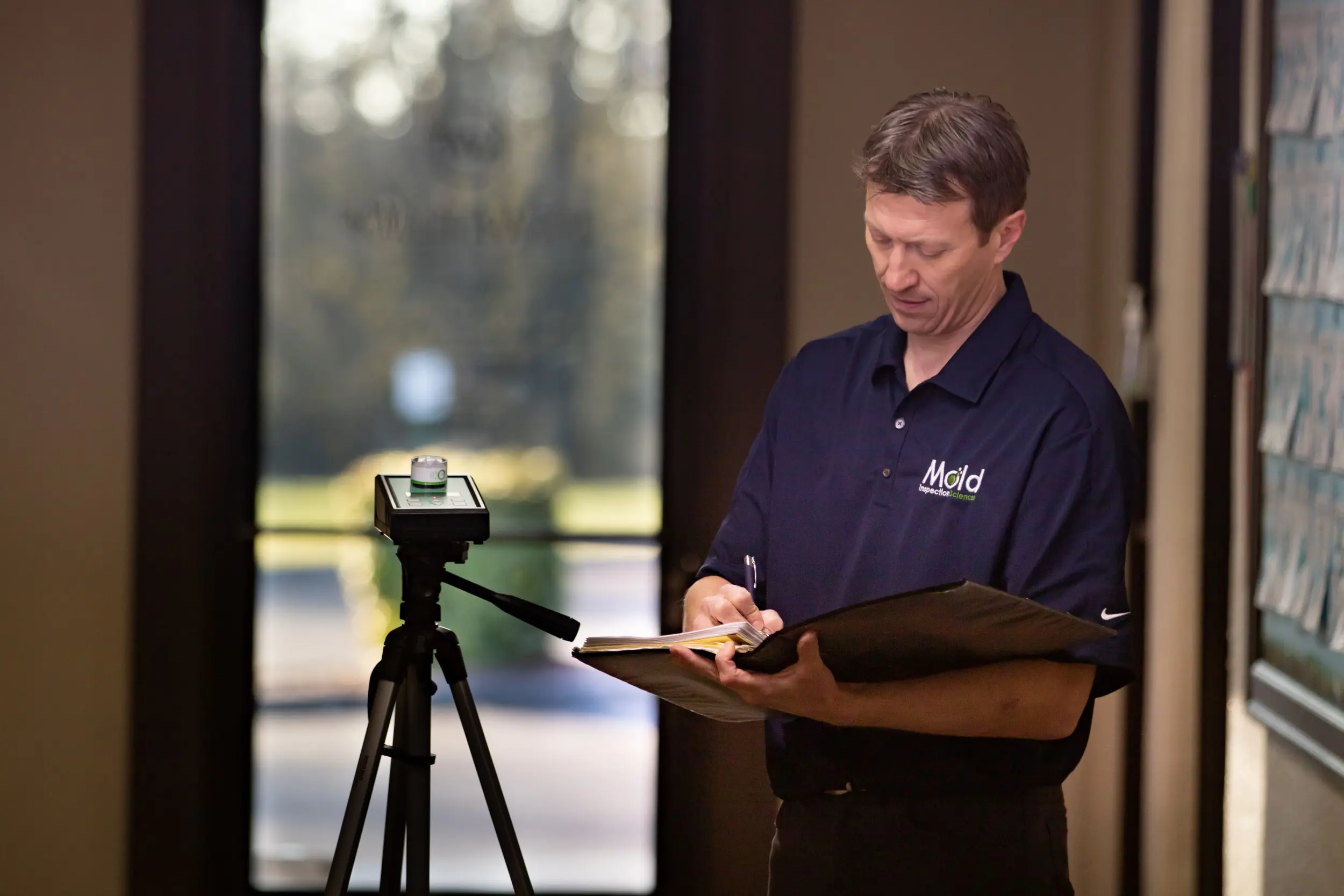Crafting a Thorough Post Mold Remediation Report
Wiki Article
Effective Blog Post Mold And Mildew Removal Solutions for Your Home
Mold growth in homes can be a persistent issue, typically needing a methodical technique for efficient post-remediation options. From comprehending the aspects that add to mold and mildew advancement to carrying out appropriate cleaning techniques and moisture control measures, the process can be detailed yet crucial for keeping a healthy and balanced living setting. Furthermore, checking out natural remediation remedies and developing a routine for ongoing maintenance are crucial parts of a thorough mold and mildew remediation strategy. As homeowners aim to attend to mold concerns, locating the most effective remedies ends up being critical for the well-being of their houses.Comprehending Mold And Mildew Growth Variables
The key factor contributing to mold growth is moisture. Mold spores require wetness to prosper and sprout, making damp or moist atmospheres extremely vulnerable to mold invasions.
In addition, air flow and light direct exposure can affect mold and mildew growth. Locations that do not have proper air flow and natural light are a lot more prone to mold and mildew development. By addressing these aspects comprehensively, people can efficiently minimize mold development and secure their living environments.
Appropriate Mold And Mildew Cleaning Strategies
Utilizing efficient cleansing methods is necessary in stopping the reappearance and dealing with of mold and mildew contamination in interior environments. When taking care of mold, it is important to focus on safety by wearing safety equipment such as gloves, safety glasses, and masks. The first step in proper mold cleansing is to consist of the damaged area to avoid the spread of spores to uncontaminated locations. This can be attained by sealing the room and making use of air scrubbers or negative air machines to maintain air quality.
Applying Moisture Control Procedures
To effectively protect against mold and mildew growth and contamination in interior settings, executing moisture control actions is vital. Furthermore, making sure proper air flow in areas vulnerable to moisture accumulation, such as bathrooms and kitchen areas, can help lower the risk of mold and mildew growth. By faithfully executing these dampness control steps, home owners can efficiently lower the possibility of mold and mildew recontamination and maintain a healthy and balanced indoor atmosphere.Making Use Of Natural Removal Solutions
After successfully executing dampness control steps to protect against mold development in interior environments, house owners can currently explore the efficiency of all-natural removal services in preserving a healthy and balanced home. Natural removal remedies utilize eco-friendly methods to fight mold and mildew and mold, making them a popular option for those looking for non-toxic alternatives. One such option is making use of vinegar, a natural antimicrobial representative, to clean and disinfect surface areas polluted by mold and mildew. Merely thin down vinegar with water and spray it onto the affected areas, allowing it to sit for a few hours before wiping clean. Furthermore, tea tree oil, understood for its antifungal homes, can be combined with water and splashed onto mold-infested surface areas to hinder more development. An additional all-natural alternative is hydrogen Post Mold Remediation Report peroxide, which can properly eliminate mold and mildew on numerous surface areas without leaving unsafe deposits behind. By including these all-natural removal options right into their cleaning routines, property owners can efficiently fight mold growth while promoting a healthier indoor environment on their own and their family members.
Maintaining a Mold-Free Setting
In order to avoid mold and mildew reoccurrence and make certain a constantly mold-free setting, it is necessary for homeowners to apply proactive maintenance techniques. Frequently evaluating areas susceptible to mold and mildew growth, such as shower rooms, attic rooms, cellars, and kitchens, is vital. Addressing any leaks, water damage, or excess wetness without delay can considerably decrease the danger of mold and mildew development. testing air quality after mold remediation. Correct air flow in locations with high moisture degrees is additionally vital to preventing mold development. Making use of dehumidifiers or exhaust followers can aid keep ideal wetness levels and dissuade mold spores from flourishing.In addition, preserving cleanliness in the home is vital for mold and mildew prevention. Routinely cleansing and dusting surfaces, rugs, and upholstery can aid get rid of mold and mildew spores before they have a chance to resolve and multiply. Using mold-resistant items for building products and furnishings can better help in developing a mold-free atmosphere. Maintaining indoor plants in check and making sure proper drain in exterior landscaping can lessen dampness build-up, minimizing the chance of mold invasions. By adhering to these proactive maintenance techniques, house owners can properly support a mold-free space.
Final Thought
Finally, it is vital to deal with mold development elements, make use of appropriate cleaning techniques, carry out wetness control actions, use natural removal solutions, and keep a mold-free environment in order to effectively take care of article mold and mildew remediation in your house - Post remediation mold testing near me. By adhering to these techniques, you can protect against mold from persisting and ensure a healthy and balanced living setting for you and your family
The main factor contributing to mold and mildew development is moisture. Mold and mildew spores call for moisture to flourish and sprout, making moist or damp atmospheres extremely at risk to mold invasions.To properly avoid mold and mildew development and contamination in interior environments, executing wetness control actions is paramount. Furthermore, making sure correct air flow in areas prone to moisture accumulation, such as shower rooms and cooking areas, can help decrease the danger of mold and mildew development.After efficiently applying dampness control measures to prevent mold growth in indoor environments, property owners can now explore the efficiency of natural remediation services in maintaining a healthy living space.
Report this wiki page